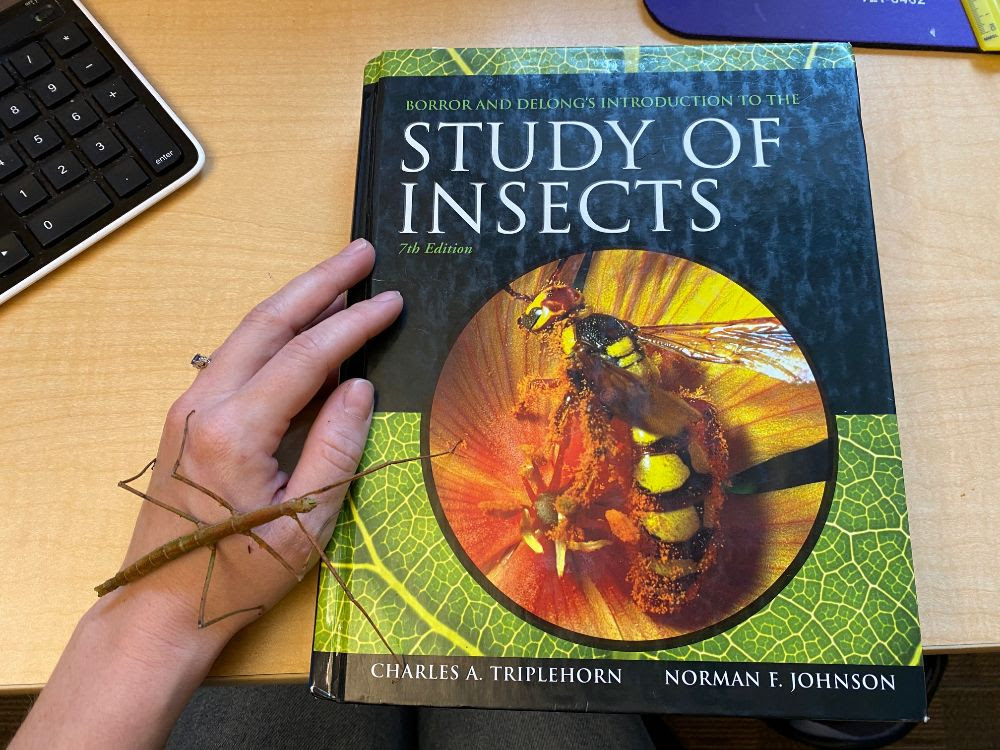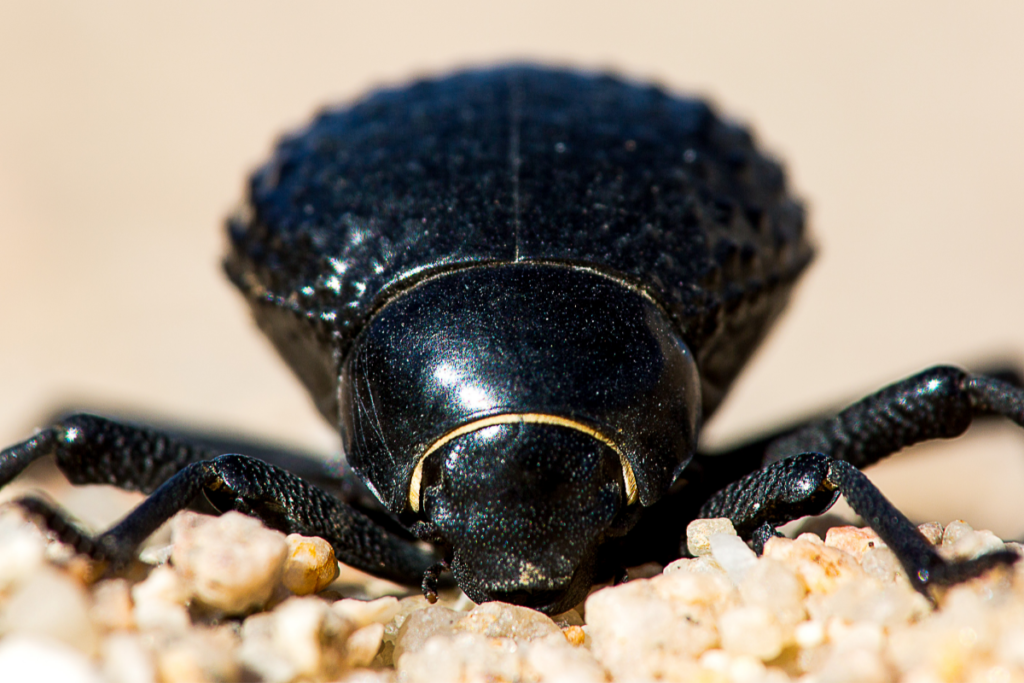Welcome back to the Lab!
It’s time to get back-to-basics with a dive into insect physiology. Understanding the needs of the various insect and arachnid species at MBHI is crucial to being a successful bug wrangler, and whenever I have spare time I like to brush up on my insect anatomy and physiology.
We have many reference books at MBHI, but the one that’s been on my desk since day one is the same one I used in my college entomology course: Borror and DeLong’s Introduction to the Study of Insects.

Let’s face it: insects are weird. Fascinating, yes, but weird nonetheless. Everything about their lives can seem so alien; some even look like aliens. One of the more mind-blowing aspects of insect life may seem mundane at first: respiration.
Insects do not breathe through their mouths, but through a series of openings along their abdomen and thorax called spiracles. The spiracles open to a branching network of tubes called trachea that deliver oxygen directly to their organs. The respiratory system in insects is separate from their circulatory system, and does not require hemolymph (insect blood) to transport oxygen throughout their bodies, like ours do.
As the trachea subdivide throughout the body, they become smaller and smaller in diameter, until they finally end at the tracheole. Oxygen diffuses across the cellular membrane of the tracheole into the cellular membrane of an adjacent organ. Carbon dioxide is expelled from the body using the same tracheal network.

The spiracles can open and close like valves in order to allow the insect to intake oxygen (when the spiracles are open) and conserve water (when the spiracles are closed). Keep in mind that while the insect respiratory system is different than ours, gas exchange still takes place. One of the byproducts of cellular respiration is water, which is expelled along with carbon dioxide. Water conservation is a huge challenge, especially for desert insects, and many species have evolved unique ways to prevent from becoming dehydrated husks.
Some inactive insects are able to rely on passive diffusion of oxygen to maintain metabolic function; e.g. insect larvae, pupae and slow moving ground insects. Just by opening their spiracles and allowing oxygen in is enough to keep things running smoothly.
Active insects, like bees, need to actively pump oxygen into their bodies in order to use their flight muscles. They will “pump” oxygen into their system by contracting and releasing their abdominal muscles. This spring, when you’re out in your garden observing bees, watch them closely! You’ll notice their abdomen moving like a little accordion.
Until next time, thanks for visiting the lab!
Bug Wrangler Brenna
brenna@missoulabutterflyhouse.org
Want to revisit a previous Notes from the Lab issue? Check out our archive! Do you want to request a subject for an upcoming issue? Email me at the address above and put “Notes from the Lab” in the subject line.